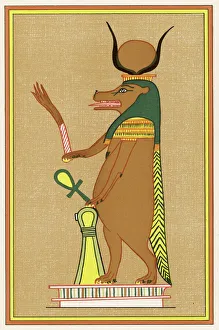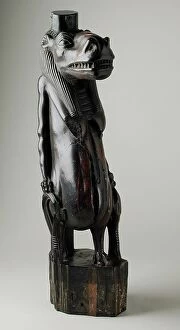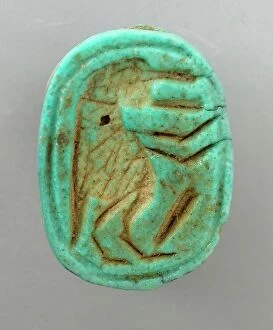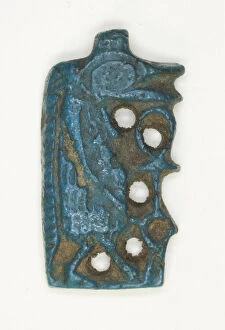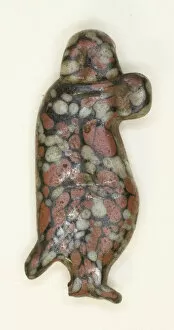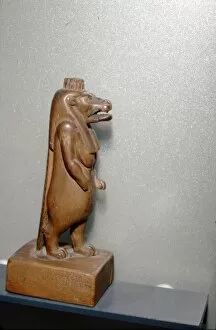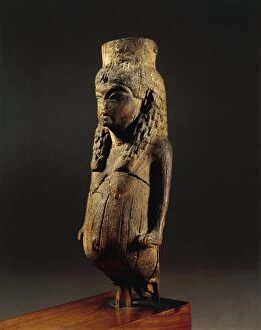Taweret Collection
Taweret, the powerful goddess of ancient Egypt, was revered for her role in protecting women during childbirth and warding off evil spirits
All Professionally Made to Order for Quick Shipping
Taweret, the powerful goddess of ancient Egypt, was revered for her role in protecting women during childbirth and warding off evil spirits. With the head of a hippopotamus, the body of a lioness, and the tail of a crocodile, she embodied both ferocity and maternal instincts. Intricate rings adorned with Taweret's figure were worn as symbols of protection. The sa sign engraved on these rings further emphasized her role as a guardian deity. These artifacts date back to the New Kingdom period, around 1390 BCE. Amulets featuring they were also widely popular during this time. Carved in profile or full form, they served as talismans against malevolent forces. Women would wear them close to their bodies for added security and blessings from this divine protector. One such amulet can be traced back to Akhenaten's reign during Dynasty 18. It showcases Taweret standing tall with her distinctive features prominently displayed. This artifact highlights how deeply ingrained she was within Egyptian religious beliefs. Even in death, Taweret continued to watch over those who passed into the afterlife. A funerary bedhead found in Tutankhamun's tomb depicted her form intricately carved into wood—a testament to her enduring significance throughout history. Her presence extended beyond physical representations; she played an essential role in spiritual practices too. In Book of the Dead papyri discovered at various archaeological sites across Egypt, detailed illustrations featured Taweret guiding souls through perilous journeys towards eternal life. Known by different names like Thoeris or Theoris depending on regional variations, Taweret remained synonymous with protection and fertility throughout Egyptian mythology. Her hybrid appearance symbolized strength while embodying qualities associated with motherhood—an embodiment that resonated deeply within ancient Egyptian society.

